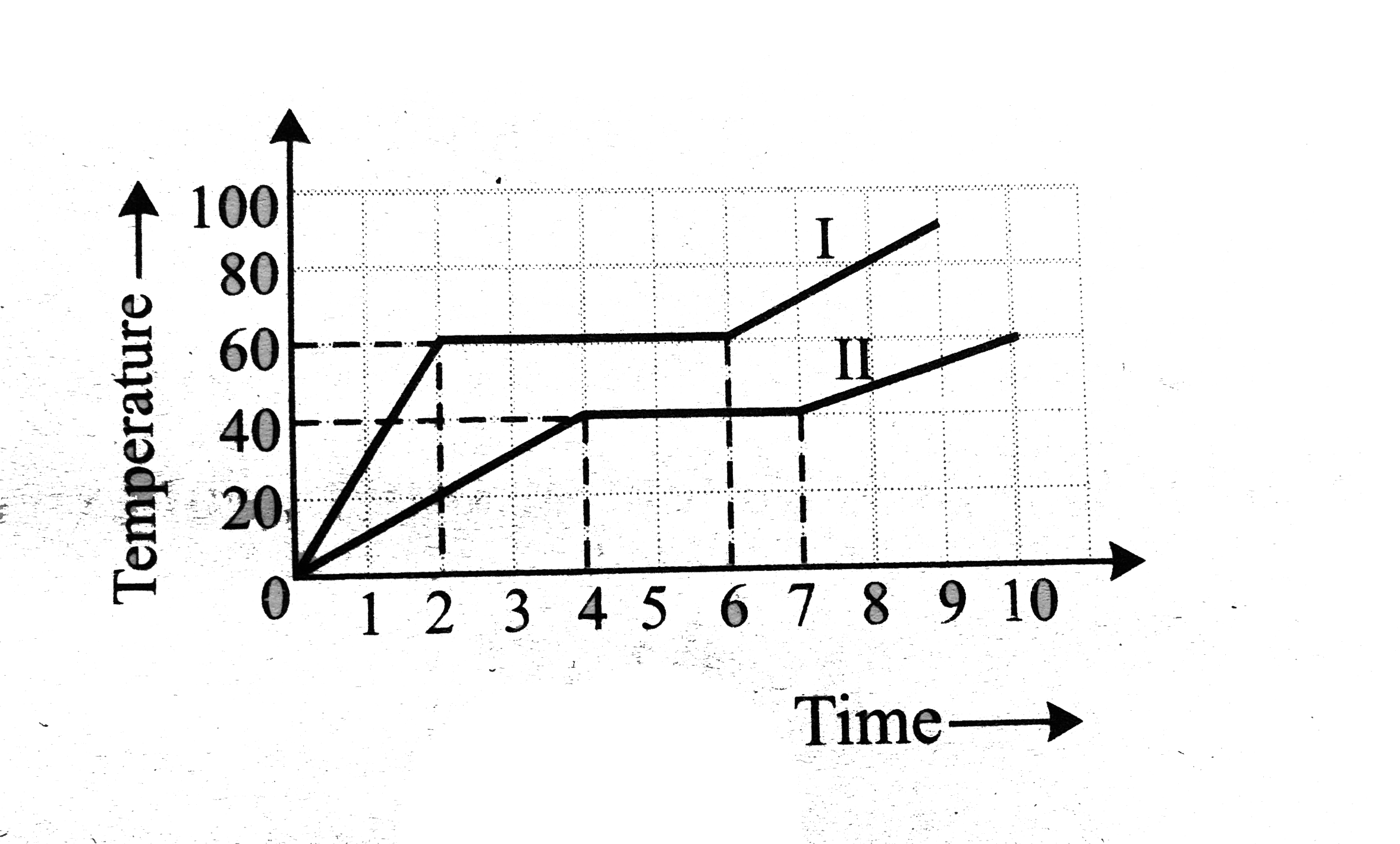Two bodies at different temperatures are placed in contact. State the direction in which the heat will flow.
To determine the direction of heat flow between two bodies at different temperatures, we can follow these steps:
Step 1: Identify the Temperatures of Both Bodies
- Let’s denote the temperatures of the two bodies as T1 and T2.
- Assume Body A has a temperature T1 and Body B has a temperature T2.
Step 2: Compare the Temperatures
- Compare T1 and T2 to see which one is higher.
- There are two cases to consider:
- Case 1: If T1 > T2, then Body A is at a higher temperature than Body B.
- Case 2: If T2 > T1, then Body B is at a higher temperature than Body A.
Step 3: Determine the Direction of Heat Flow
- For Case 1 (T1 > T2):
- Heat will flow from Body A (higher temperature) to Body B (lower temperature).
- For Case 2 (T2 > T1):
- Heat will flow from Body B (higher temperature) to Body A (lower temperature).
Conclusion
- In general, heat always flows from the body with a higher temperature to the body with a lower temperature until thermal equilibrium is reached.
- Let’s denote the temperatures of the two bodies as T1 and T2.
- Assume Body A has a temperature T1 and Body B has a temperature T2.
- Compare T1 and T2 to see which one is higher.
- There are two cases to consider:
- Case 1: If T1 > T2, then Body A is at a higher temperature than Body B.
- Case 2: If T2 > T1, then Body B is at a higher temperature than Body A.
- For Case 1 (T1 > T2):
- Heat will flow from Body A (higher temperature) to Body B (lower temperature).
- For Case 2 (T2 > T1):
- Heat will flow from Body B (higher temperature) to Body A (lower temperature).
- In general, heat always flows from the body with a higher temperature to the body with a lower temperature until thermal equilibrium is reached.
Similar Questions
State the direction in which this left bank tributary is flowing:
View SolutionThe Fig. shows a glass tumbler containing hot milk which is placed in a tub of cold water. State the direction in which heat will flow.
 View Solution
View SolutionTwo bodies at different temperature are mixed in a calorimater.Which of the following quantities remain conserved?
View SolutionWhen two non reactive samples at different temperatures are mixed in an isolated container of negligible heat capacity the final temperature of the mixture can be:
View SolutionWhen two non reactive samples at different temperatures are mixed in an isolated container of negligible heat capacity the final temperature of the mixture can be:
View SolutionTwo bodies of different temperatures T1andT2 if brought in thermal contact, do not necessarily settle to the mean temperature (T1+T2)/2. Why?
View SolutionTwo conducting rods when connected between two points at constant but different temperatures separately, the rate of heat flow through them is q1andq2.
View SolutionState the direction of heat transfer by way of convection.
View Solution
Two bodies of equal masses are heated at a uniform rate under identical conditions. The change in temperature in the two cases in shown graphically. What are their melting points?
Find the ratio of their specific heats and latent heats.View SolutionA partition wall has two layers of different materials A and B in contact with each other. They have the same thickness but the thermal conductivity of layer A is twice that of layer B. At steady state the temperature difference across the layer B is 50 K, then the corresponding difference across the layer A is
View Solution

